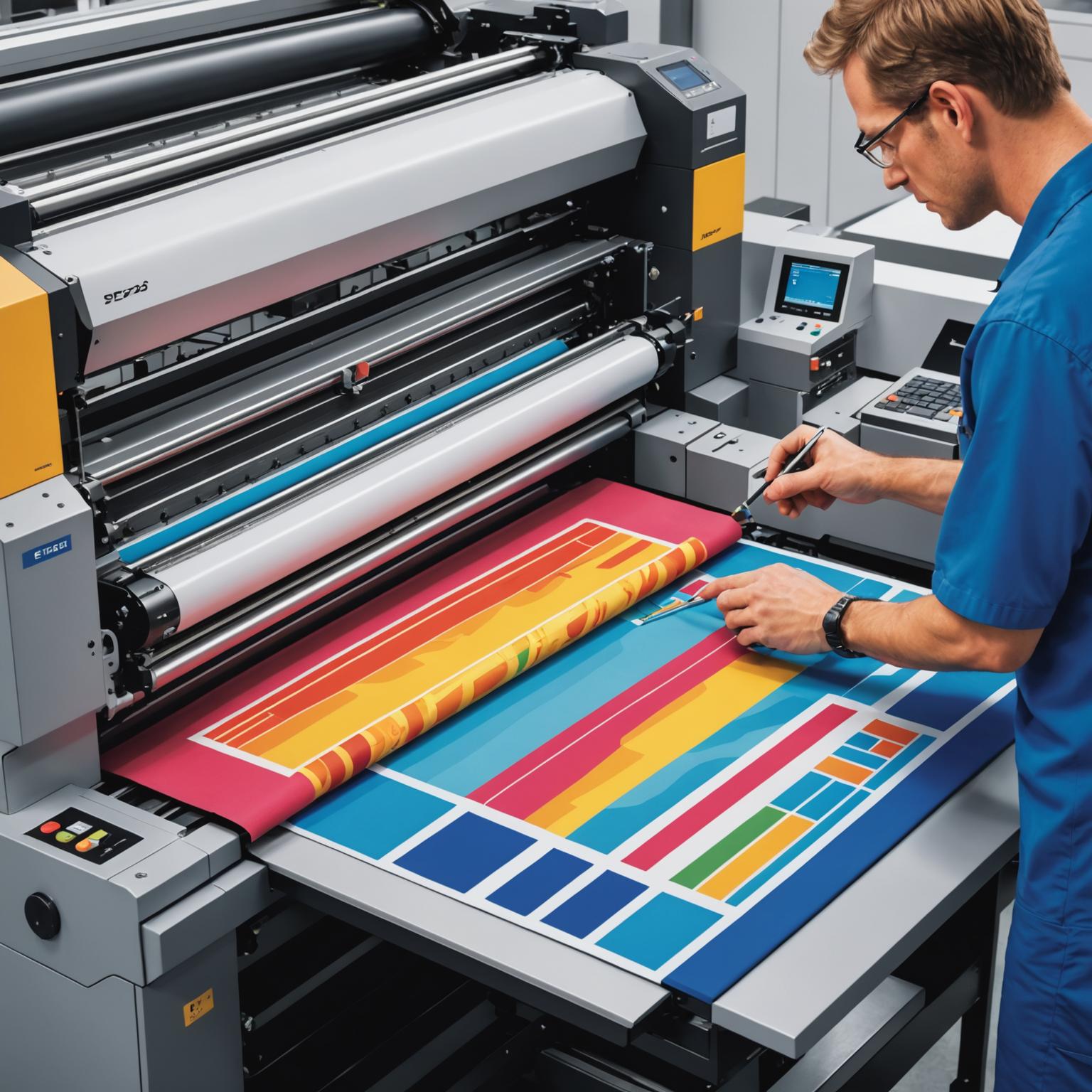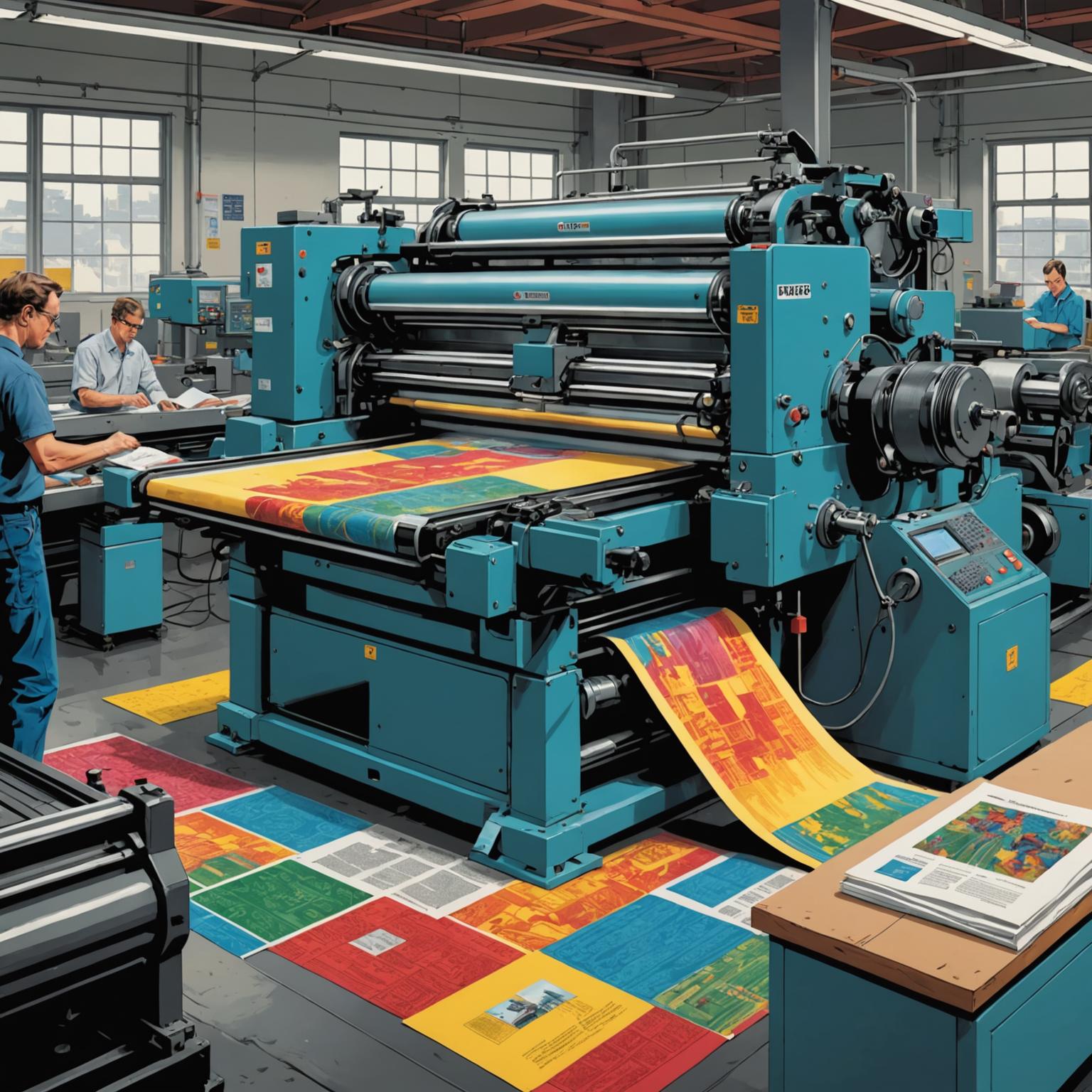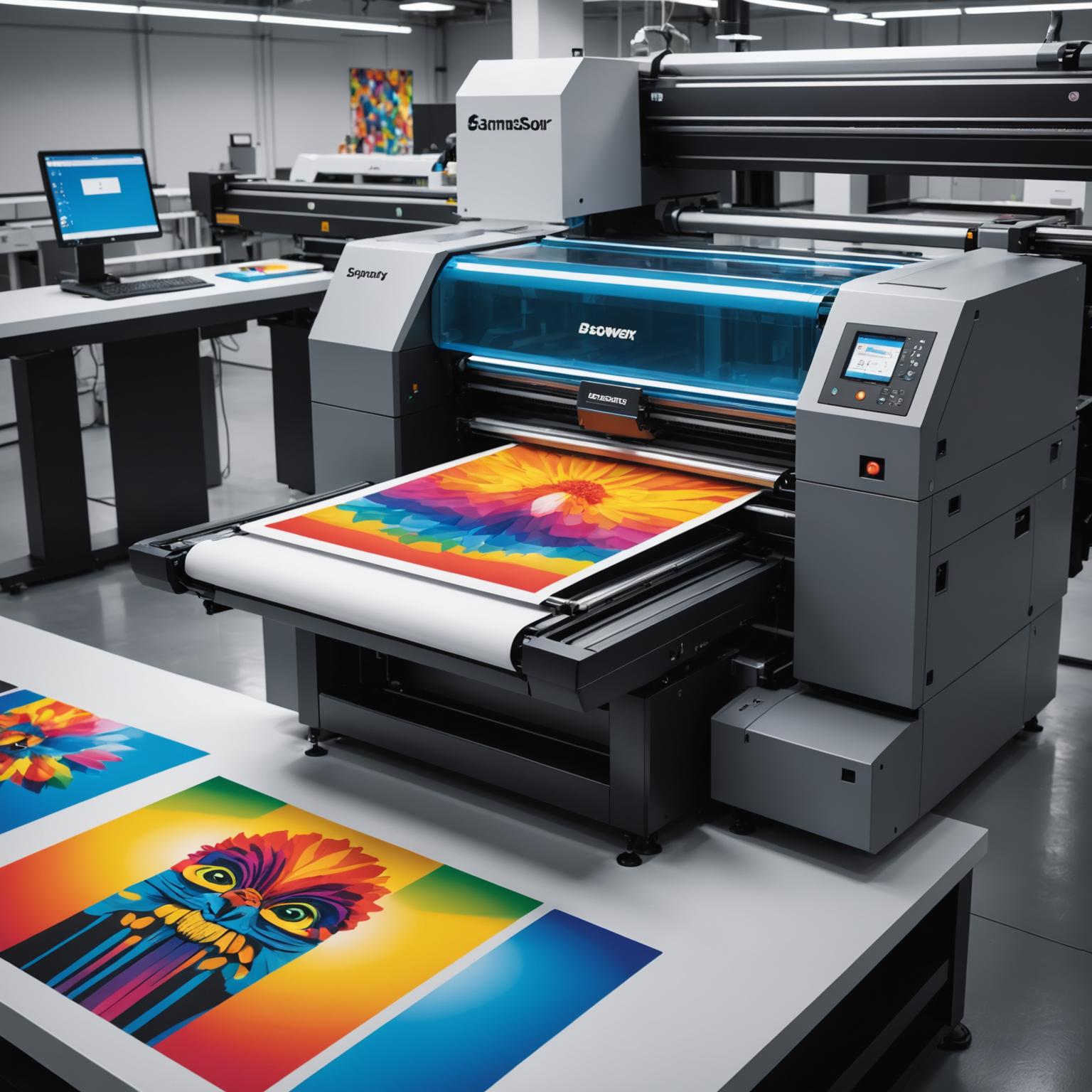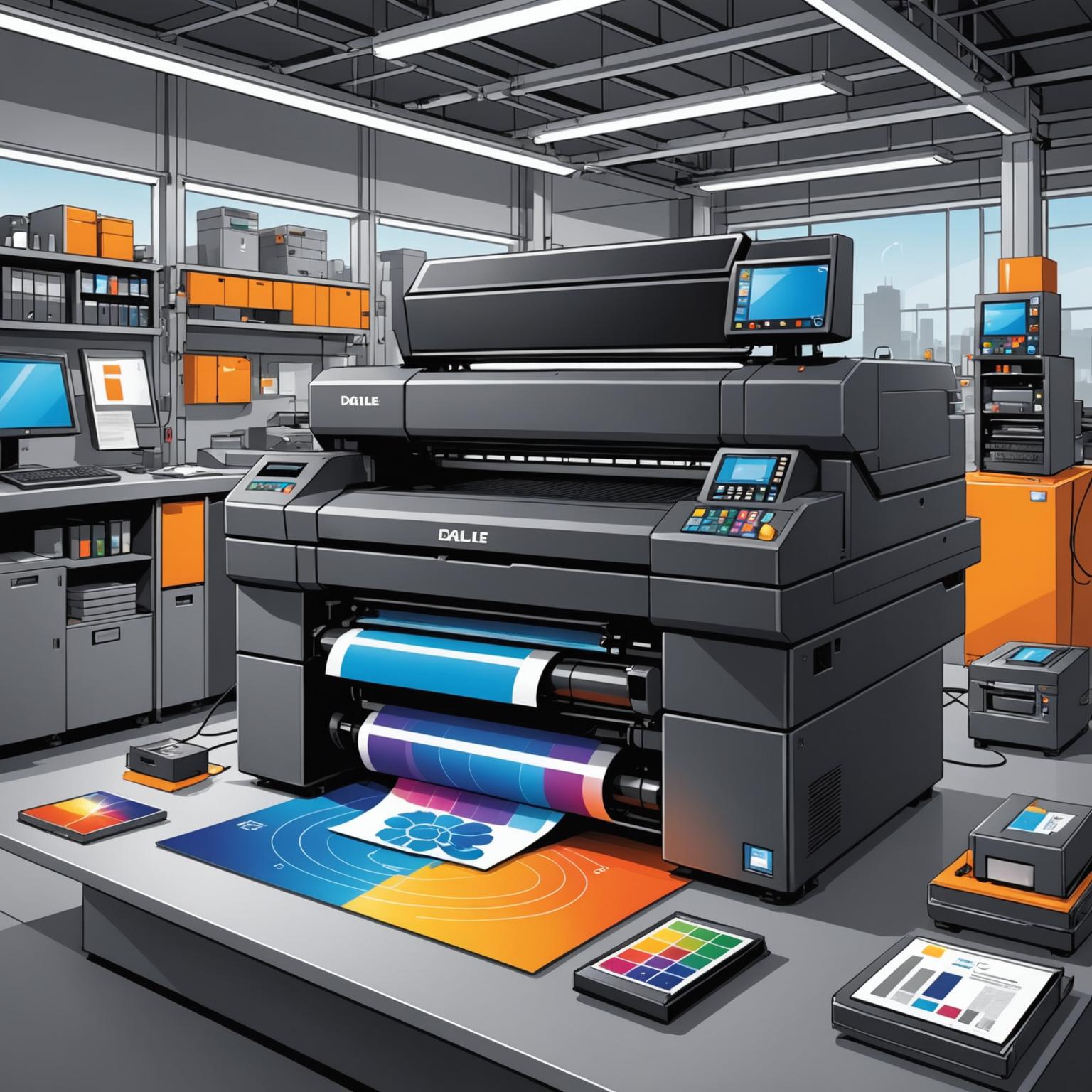A Variable data printable label represents a significant leap forward in labeling technology, moving away from static, one-size-fits-all prints. At its core, this technology, often referred to as Variable Data Printing (VDP), allows for elements such as text, graphics, or numbers to be changed from one printed label to the next without stopping or slowing down the printing process. This capability opens up a world of possibilities for businesses that require unique information on each product, package, or mailer, transforming the label from a simple identifier into a powerful tool for logistics, marketing, and security.
Harnessing Uniqueness for Business Advantage
The primary strength of VDP lies in its ability to produce labels that are individually unique. Instead of printing thousands of identical labels, businesses can now effortlessly generate labels with distinct serial numbers, customized marketing messages, unique QR codes for track-and-trace systems, or sequential numbering for inventory management. This level of customization is invaluable for a wide range of applications. For instance, in anti-counterfeiting efforts, a unique code on each product makes it significantly harder for fraudulent items to enter the market. In direct marketing, personalizing a label with a customer's name or a specific offer can dramatically increase engagement and response rates. This one-to-one approach enhances functionality and adds significant value to the product it is affixed to.
The Technology Behind the Variation: Digital Printing
The magic of the Variable data printable label is made possible through the advancements in digital printing. Unlike traditional printing methods like offset or flexography, which rely on static plates and are cost-effective only for very large runs of identical designs, the Digital printing label process is plate-free. It works by sending a digital file directly to the printer, which can then interpret a data file—often a simple spreadsheet or database—to pull unique information for each individual label in the sequence. This eliminates the high setup costs and time associated with creating printing plates, making it economically viable for short to medium-sized print runs. The agility of this technology means that designs and data can be updated instantly, providing unparalleled flexibility for businesses that need to adapt quickly to changing market demands or regulatory requirements.
Diverse Applications in Modern Industries
The practical uses for this technology span nearly every sector. In logistics and shipping, each package receives a label with a unique tracking barcode and address, streamlining the entire supply chain. The manufacturing industry relies on the Variable data printable label to assign distinct serial numbers for warranty tracking, quality control, and component identification. For the food and beverage industry, it is essential for printing lot codes, batch numbers, and expiration dates, ensuring compliance with traceability regulations. Furthermore, the retail sector leverages VDP for promotional purposes, printing unique coupon codes or contest entry numbers directly onto product packaging, creating an interactive experience for the consumer. The Digital printing label solution provides the speed and precision required for all these demanding environments.
Conclusion: A Smarter Approach to Labeling
In conclusion, the integration of variable data with modern printing technology offers a robust solution for a multitude of business challenges. By providing the ability to create unique identifiers, personalized messages, and secure tracking information, these labels enhance operational efficiency, bolster security measures, and create more effective marketing campaigns. A Digital printing label allows for a high degree of precision and customization. As industries continue to trend towards greater personalization and data-driven processes, the demand for flexible and intelligent labeling solutions will only grow, cementing its place as an indispensable tool for forward-thinking companies.







